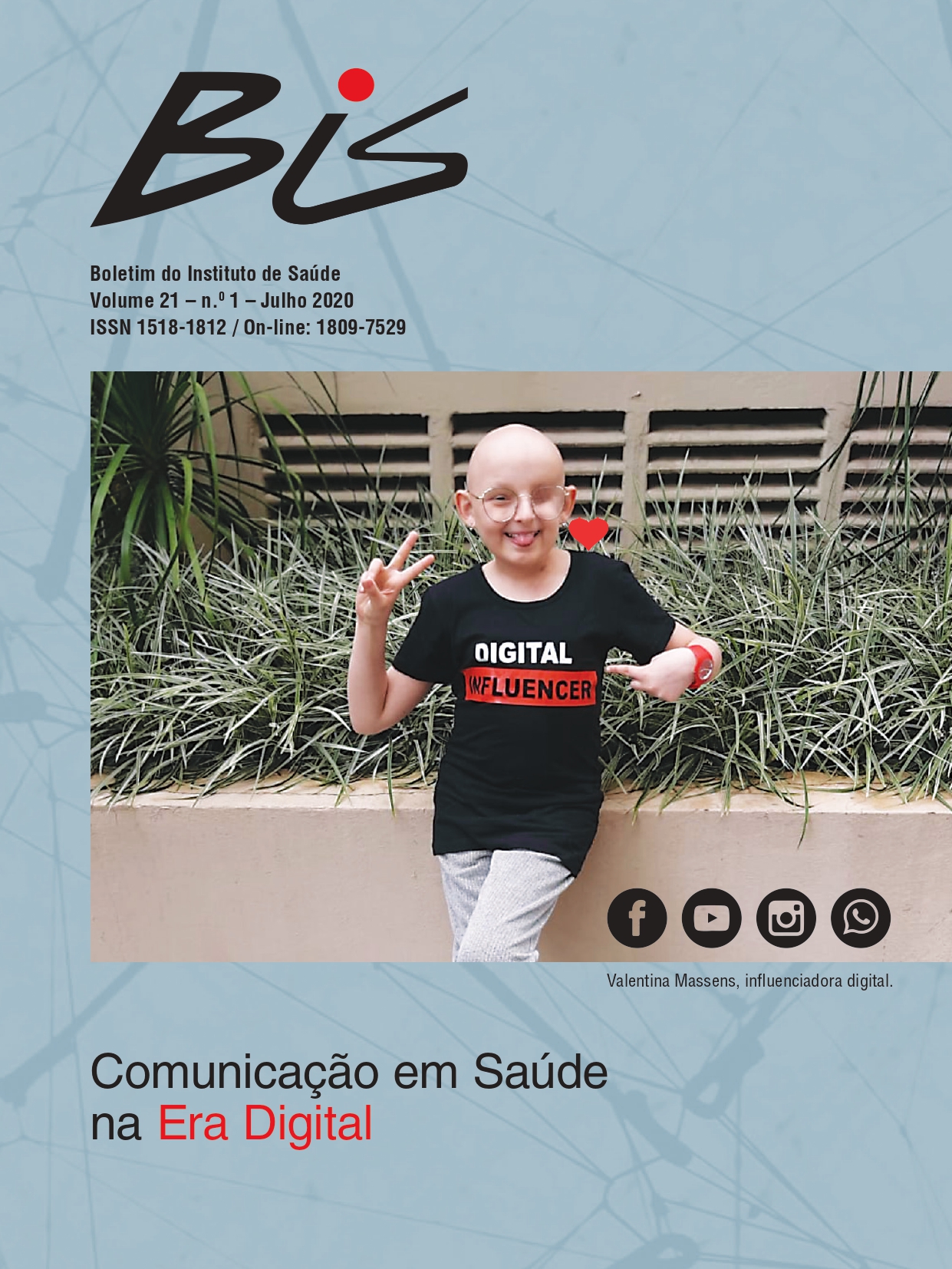Abstract
Despite the advances in treatments for childhood cancer and the growing cure rate, that is reaching 80% when diagnosed and referred to cancer treatment centers early, the diagnosis remains a cause of suffering and fear for patients and their families, due to disease mythification and the lack of adequate educational materials. This paper presents the development of an accessible material, a mobile application, composed of 20 mini-games that explain cancer and its treatment, designed for children diagnosed with the disease. The methodology used was composed by Co-creation, interdisciplinary, Design Thinking, Agile Methodology and Patient Centered Design. The effective participation of all stakeholders in the project allowed integrated access to information, facilitating understanding, identification and coding, which resulted in the generation of
accessible knowledge to the target population, empowerment and engagement, allowing patients and their families to appropriate the new context, transforming them from passive individuals to transforming agents.
References
Brasil. Rio de Janeiro: Inca; 2019.
02. Amaral M. App Baseado em Jogo e Comportamentos de Saúde de Crianças com Câncer [tese]. São Paulo:Pontifícia Universidade Católica de São Paulo; 2019.
03. Moore S. Nonadherence in Patients with Breast Cancer Receiving Oral Therapies. Clinical Journal of Oncology Nursing. 2010;14(1): 41-47.
04. Prahalad CK, Ramaswamy V. Co-Creation Experiences:The Next Practice in Value Creation. J. Interact. Mark.2004; 18 (3):5-14.
05. Piaget J. L’Epistemologie des Relations Interdisciplinaires. Paris: OCDE; 1972.
06. Jones A. The Innovation Acid Test. Axminster: Triarchy Press; 2008.
07. Brown T. Design thinking: uma metodologia poderosa para decretar o fim das velhas ideias. Rio de Janeiro: Elsevier; 2010.
08. Beck K, Beedle M, Bennekum A, Cockburn A, Cunningham W, Fowler M et al. Manifesto for Agile Software Development [internet]. 2001 [acesso em 27 ago 2020]. Disponível em: http://agilemanifesto.org
09. Reis CI, Freire CS, Fernández J, Monguet JM. Patient Centered Design: Challenges and Lessons Learned from Working with Health Professionals and Schizophrenic Patients in E-therapy Contexts.Communications in Computer and Information. Science. 2011;221(1):1–10.
10. Coulter A, Ellins J. Effectiveness of Strategies for Informing, Educating, and Involving Patients. BMJ.2007;335(7609): 24–27.
11. Instituto Beaba. Beaba do Câncer: Guia rápido do que você precisa saber sobre câncer. São Paulo: Instituto Beaba; 2015.
12. INCA - Instituto Nacional de Câncer José Alencar Gomes da Silva. Brincando de aprender. Rede Câncer [Internet]. 2017 [acesso em 27 ago 2020];37: 12-15. Disponível em: https://www.inca.gov.br/sites/ufu.sti.inca.local/files//media/document//rrc-37-versao-integral.pdf
13. Instituto Beaba. Alpha Beat Cancer. São Paulo: Instituto Beaba; 2017 .

This work is licensed under a Creative Commons Attribution 4.0 International License.
Copyright (c) 2020 Simone Lehwess Mozzilli, Marina de Góes Salvetti, Verônica Ribeiro e Andrade, Ludmilla Rossi de Oliveira
